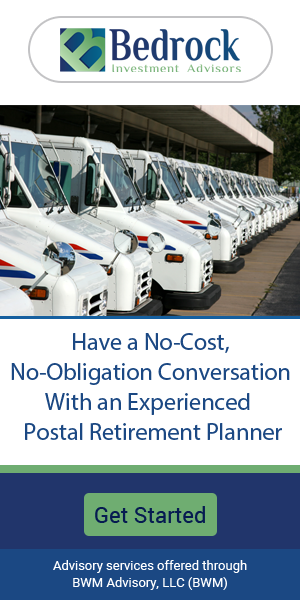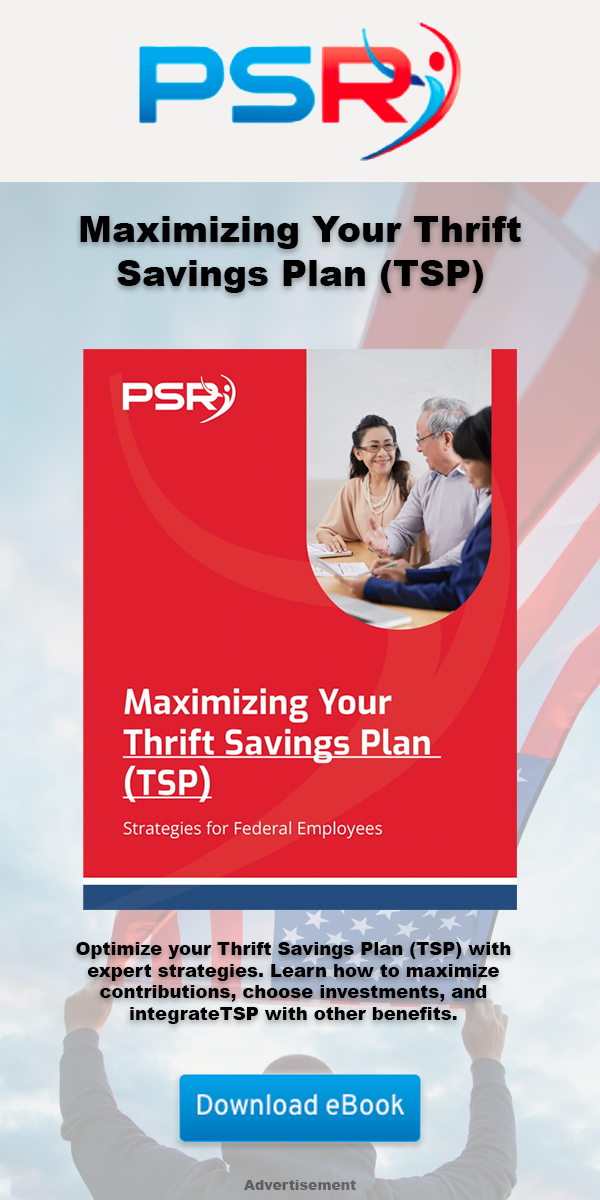Key Takeaways
-
Federal retirees and employees have access to several financial and healthcare benefits that can help stretch your retirement savings further in 2025.
-
By understanding and utilizing these benefits, you can significantly reduce your out-of-pocket costs and secure a more comfortable retirement.
Optimize Your Retirement Savings with the Thrift Savings Plan (TSP)
If you’re nearing retirement or recently retired, the Thrift Savings Plan (TSP) should remain a key part of your financial strategy. In 2025, the elective deferral limit is $23,500, and if you’re aged 50 or older, you can contribute an additional $7,500 as a catch-up contribution. For those aged 60 to 63, this limit increases further to $11,250.
- Also Read: The FEHB-Medicare Combo Is Powerful—But Only If You Time Enrollment Correctly
- Also Read: Why More Federal Workers Are Reassessing Their TSP Withdrawal Strategies to Maximize Their Savings
- Also Read: Federal Employees, Here’s What You Need to Know About FEGLI Before You Retire
Take Advantage of FEHB During Retirement
As a federal retiree, the Federal Employees Health Benefits (FEHB) program provides you with comprehensive health coverage that continues into retirement. In 2025, FEHB remains one of the most robust health insurance programs available, covering a wide range of medical services, from routine care to specialist visits.
To make the most of this benefit:
-
Coordinate FEHB with Medicare once you’re eligible. Doing so can reduce your out-of-pocket costs, as Medicare often covers services that FEHB might not fully pay for.
-
Review your plan annually. Open Season, held from November 11 to December 13, allows you to compare plans and adjust your coverage to suit your changing healthcare needs.
Maximize Your Social Security Benefits
Understanding the best time to claim Social Security can make a significant difference in your retirement income. While you can start receiving benefits as early as age 62, waiting until your full retirement age (FRA) or even delaying until age 70 can result in higher monthly payments.
For 2025, the earnings limit for those under FRA is $23,400, meaning your benefits may be reduced if you earn more than this amount. However, once you reach FRA, you can earn as much as you want without reducing your Social Security payments.
Pro Tip: Use the Social Security Administration’s online tools to estimate your benefits and determine the best claiming strategy based on your financial needs.
FEGLI Can Provide Essential Life Insurance Coverage
The Federal Employees’ Group Life Insurance (FEGLI) program is another benefit that federal retirees often overlook. This group life insurance plan can help provide financial security for your loved ones.
While FEGLI premiums increase with age, reviewing your coverage annually ensures you’re not paying for more insurance than you need. Consider converting your coverage to a private policy if FEGLI becomes too costly in retirement.
Tip: During retirement, you can retain basic FEGLI coverage at no cost once your premiums are fully paid through deductions from your annuity.
Explore Long-Term Care Insurance Options
Long-term care expenses can quickly deplete your savings, making long-term care insurance (LTCI) an important consideration. The Federal Long Term Care Insurance Program (FLTCIP) offers coverage to help pay for services such as nursing home care, assisted living, and home healthcare.
Enrolling in LTCI early is crucial, as premiums increase with age and health conditions may make you ineligible. Assess your current health and financial situation to determine if this benefit aligns with your retirement plan.
Leverage Your Medicare Benefits Effectively
If you’re 65 or older, Medicare plays a vital role in managing your healthcare costs. In 2025, the following Medicare updates apply:
-
Part A (Hospital Insurance): Covers inpatient hospital stays with a deductible of $1,676 per benefit period.
-
Part B (Medical Insurance): Requires a standard monthly premium of $185 and an annual deductible of $257.
-
Part D (Prescription Drug Coverage): Features a $2,000 out-of-pocket cap, providing significant savings on medication expenses.
Coordinate Medicare with FEHB to fill any gaps in coverage. Many retirees find this combination reduces overall healthcare expenses while ensuring access to comprehensive care.
Don’t Forget About Your FERS or CSRS Pension
Your retirement annuity under the Federal Employees Retirement System (FERS) or the Civil Service Retirement System (CSRS) serves as a reliable income source in retirement. In 2025, the annuity formula for FERS retirees uses the High-3 average, which is the average of your highest three consecutive years of salary, multiplied by your years of service and a percentage multiplier.
For CSRS retirees, the formula is even more generous, providing a higher percentage of your High-3 average. Regardless of your system, understanding your pension’s structure helps you plan for a secure financial future.
Pro Tip: If you’re eligible for the FERS Special Retirement Supplement, this additional income bridges the gap between your retirement and eligibility for Social Security at age 62.
Flexible Spending Accounts (FSA) for Retirees
While FSAs are traditionally associated with active employees, some retirees can still benefit through health savings accounts (HSAs) if they are enrolled in a high-deductible health plan. In 2025, the maximum HSA contribution limit is $4,300 for individuals and $8,550 for families, with an additional $1,000 catch-up contribution if you’re 55 or older.
These accounts allow you to save pre-tax dollars for medical expenses, reducing your taxable income and providing financial flexibility for healthcare costs.
Save on Dental and Vision Coverage with FEDVIP
The Federal Employees Dental and Vision Insurance Program (FEDVIP) offers comprehensive dental and vision plans tailored to federal retirees. Coverage includes everything from routine cleanings and exams to major dental procedures and prescription eyewear.
FEDVIP plans often complement FEHB or Medicare, ensuring you’re fully covered for these essential services. Be sure to review your options during Open Season to find a plan that best suits your needs.
Make the Most of Open Season
Open Season, running from November 11 to December 13 in 2025, is your annual opportunity to review and adjust your federal benefits. Whether you need to change your FEHB plan, enroll in FEDVIP, or update your TSP contributions, this period is critical for optimizing your benefits.
Review your Annual Notice of Change (ANOC) letters carefully to understand updates to premiums, deductibles, and copayments. Taking proactive steps during Open Season ensures you’re making informed decisions for the year ahead.
Secure Your Financial Future by Planning Ahead
Your federal benefits are powerful tools for securing a comfortable and financially stable retirement. By staying informed and making strategic decisions, you can maximize your savings, reduce out-of-pocket expenses, and enjoy peace of mind.













